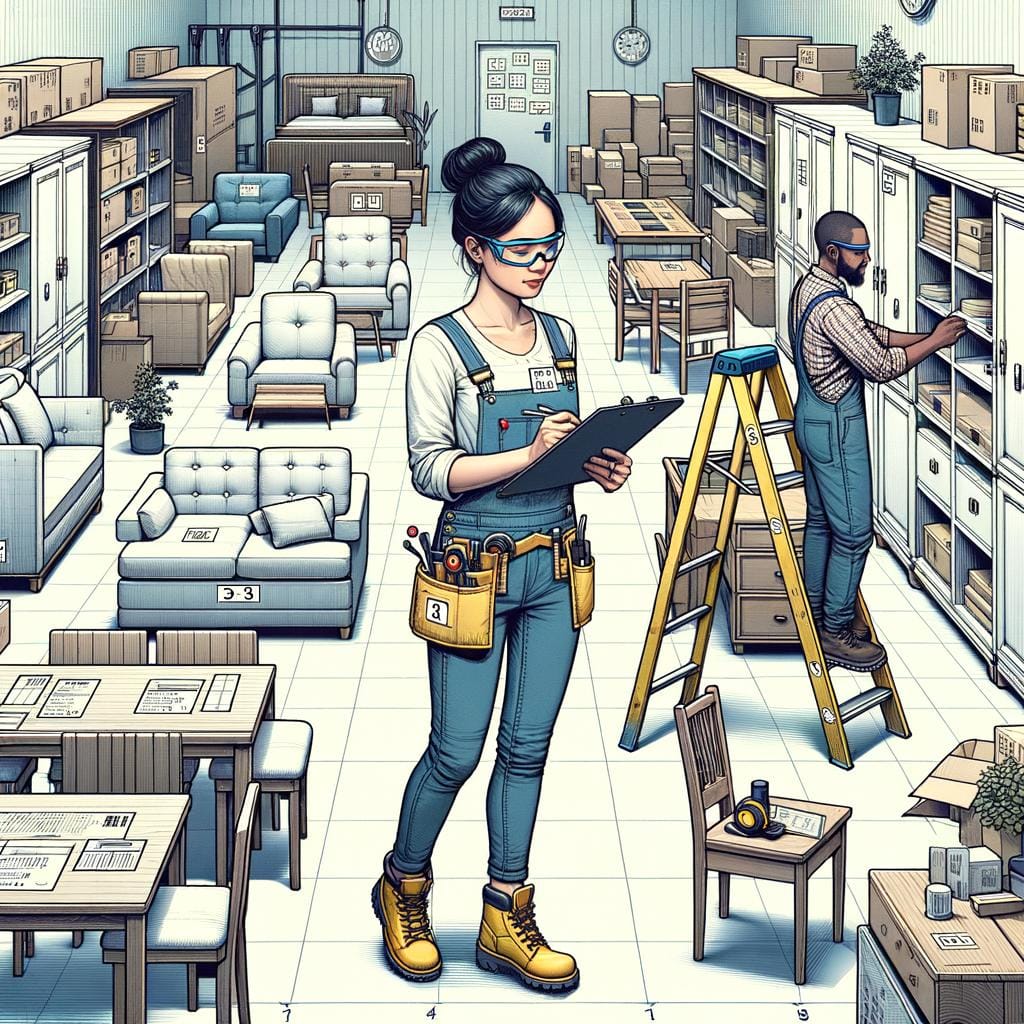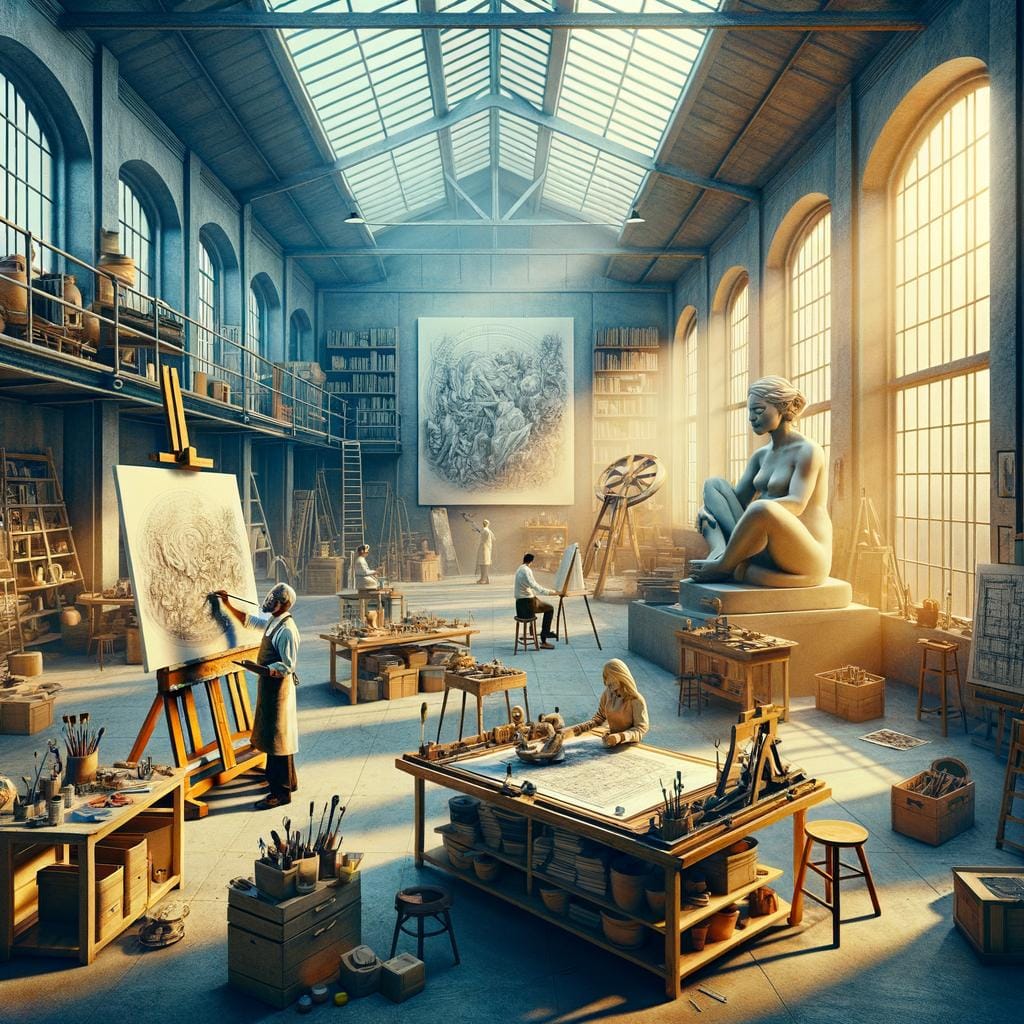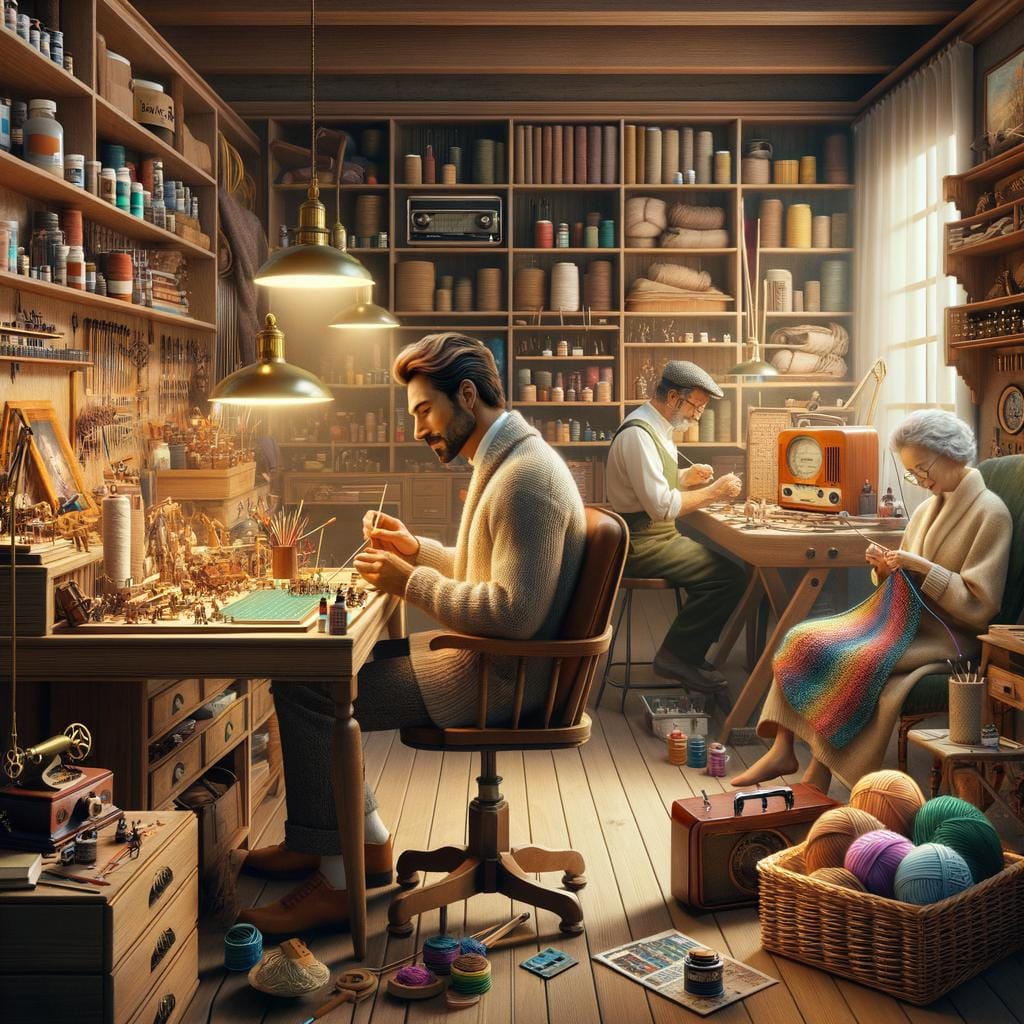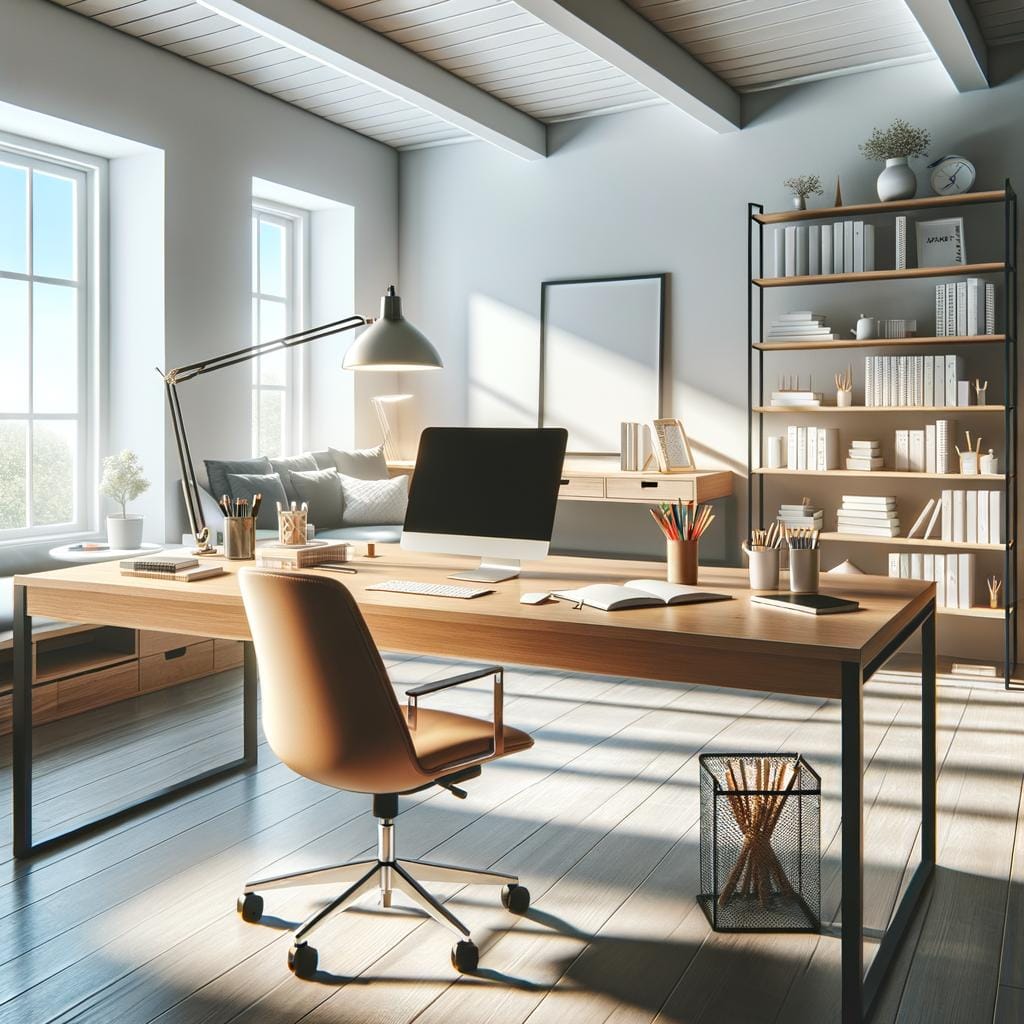Organizing art materials is essential for any artist, whether you’re a professional or just starting. The way you arrange your supplies can have a significant impact on your creativity and productivity. By having a well-organized art space, you can easily access the tools you need, leading to smoother workflow and enhanced inspiration.
When it comes to evaluating your art supplies, taking inventory of what you have is the first step. Identify which supplies are frequently used and categorize them accordingly. Decluttering your art space is also crucial in creating a clean and conducive environment for creating. Find tips on getting rid of unused supplies properly and maintaining a clutter-free workspace.
Setting up storage solutions plays a vital role in keeping your art materials organized. From bins to shelves, there are various options to choose from based on your space availability. Learn how to label storage containers for easy access and maximize storage in small areas efficiently. Establishing an organizational system according to supply type or usage frequency will help you stay organized in the long run.
Evaluating Your Art Supplies
When it comes to organizing art materials, the first step is to evaluate the supplies you currently have. Taking inventory of your art materials allows you to have a better understanding of what you have on hand and what may need replenishing.
By identifying which supplies you use most often, you can prioritize their accessibility and storage in your workspace. This process not only helps in streamlining your creative process but also ensures that you are utilizing all the necessary tools efficiently.
To effectively evaluate your art supplies, consider categorizing them based on their type or use. This can help in identifying which materials can be stored together for easy access when working on specific projects. Whether it’s organizing paints, brushes, papers, or other tools, having a clear overview of your art supplies will significantly contribute to a more organized and efficient workspace overall.
Furthermore, determining which supplies can be categorized together allows for easier decision-making when it comes to setting up storage solutions. By recognizing patterns in the kinds of materials you possess, you can better plan how to allocate space within your workspace efficiently.
This evaluation process sets the groundwork for creating a functional and organized system that enhances not only the practicality but also the aesthetic appeal of your art space as a whole. In essence, evaluating your art supplies is the crucial first step towards achieving an organized and inspiring environment for your creative endeavors.
Decluttering Your Art Space
When it comes to organizing art materials, decluttering your art space is an essential step to create a more functional and inspiring work environment. Here are some tips to help you effectively declutter and streamline your art supplies:
1. Evaluate each item: Start by going through all of your art supplies and evaluating each item individually. Ask yourself if you have used it recently or if it still serves a purpose in your creative process. Consider donating or discarding anything that no longer fits your artistic vision.
2. Proper disposal: For items that are no longer usable, such as dried out paint tubes or broken pencils, make sure to properly dispose of them. Check with your local recycling guidelines for any specific instructions on how to discard certain art materials safely.
3. Organize by category: Once you have identified which supplies to keep, organize them by category. This could include grouping similar items together, such as paints, brushes, sketchbooks, or papers. By categorizing your art supplies, you can easily locate what you need when inspiration strikes.
By decluttering your art space and ruthlessly editing down your supplies, you not only create a more organized workspace but also open up room for new creative possibilities. Remember that organizing art materials is not just about tidying up – it’s about creating a space that nurtures your creativity and allows you to focus on what truly matters in your artistic practice.
Setting Up Storage Solutions
Setting up proper storage solutions for your art supplies is crucial in maintaining an organized and efficient workspace. There are various options available, such as bins, drawers, shelves, and cabinets, that can help you store your materials in a way that is both accessible and tidy.
Bins and containers are ideal for grouping similar items together, while drawers can be used for smaller supplies like pens, pencils, and brushes. Shelves or cabinets are perfect for storing larger items such as canvases or paper.
Labeling your storage containers is another important aspect of organizing art materials. By clearly marking each container with the contents inside, you can easily locate specific supplies when needed. Consider using a labeling system that is intuitive to you, whether it’s by color-coding categories or using clear, descriptive labels. This simple step can save you time searching for materials and streamline your creative process.
If you have limited space in your art studio or workspace, maximizing your storage options is essential. Utilize vertical space by installing shelves or hanging organizers on walls. Make sure to regularly assess your storage solutions and adjust them as needed based on the size and quantity of your art supplies. By optimizing the use of available space efficiently, you can create a more functional and inspiring environment to work in.
| Tips | Benefits |
|---|---|
| Use clear storage containers | Easily identify contents |
| Maximize vertical space | Optimize small areas |
| Regularly review storage solutions | Maintain organization |
Creating an Organizational System
Organizing art materials is not only essential for maintaining a tidy workspace, but it can also significantly enhance your creativity and productivity. By establishing a systematic approach to arranging your supplies, you can save time searching for items, streamline your creative process, and ensure that you have everything you need at hand when inspiration strikes.
To create an effective organizational system for your art supplies, start by categorizing them based on type or use. Consider grouping similar items together, such as paints, brushes, and canvases, to make it easier to locate what you need. Here are some steps to help you get started:
- Sort your art supplies into categories based on their function or medium.
- Label containers or storage bins with the name of each category for quick identification.
- Create a designated spot for each category of supplies to keep your workspace tidy and organized.
Once you have categorized your art materials, establish a system for arranging them based on the frequency of use. Prioritize easy access to items that you use most often and consider storing less frequently used supplies in labeled containers or drawers. This will not only help you stay organized but also make it more efficient to locate specific tools or materials when working on a project.
- Consider investing in storage solutions such as rolling carts, stackable bins, or wall-mounted shelves to maximize space in a small area.
- Regularly assess your inventory and replenish supplies as needed to maintain an organized workspace.
- Keep track of your art materials by creating an inventory list or using a digital app to track usage and restocking needs.
By implementing a comprehensive organizational system for your art supplies, you can streamline your creative process, boost productivity, and minimize the time spent searching for specific materials. Stay committed to maintaining this system regularly by cleaning and organizing your supplies as part of your daily routine. Remember that investing time in organizing your art materials upfront will ultimately pay off in increased efficiency and creativity in the long run.
Maintenance and Upkeep
Maintaining and organizing art materials are crucial aspects of keeping your creative space functional and efficient. By regularly cleaning and arranging your supplies, you not only ensure that everything is easily accessible when inspiration strikes but also prolong the lifespan of your materials. One tip for effective maintenance is to schedule regular tidying sessions to prevent clutter from accumulating. This can be as simple as dedicating a few minutes each day to put things back in their designated places.
Furthermore, preventing clutter from building up again involves establishing good habits in the workspace. Consider implementing a one-in-one-out rule where for every new art material you bring in, you dispose of or donate an old one. This practice not only helps in managing the quantity of supplies but also encourages conscious consumption and thoughtful curation of your collection. Additionally, setting boundaries on the amount of storage space allocated for art materials can prevent overcrowding and promote organization.
To maintain an organized art space on a daily basis, consider designating specific areas for different types of supplies. For example, designate a shelf for paints, a drawer for brushes, and bins for miscellaneous items such as paper or embellishments.
Labeling these storage containers will also contribute to efficient organizing art materials and easy access when working on projects. By consistently following these practices, maintaining an organized art space will become second nature, allowing you to focus more on creating and less on searching for materials amidst chaos.
| Importance of Art Material Organization | Tips for Maintenance |
|---|---|
| Enhances creativity and productivity | Schedule regular tidying sessions |
| Prolongs material lifespan | Implement one-in-one-out rule |
| Ensures easy accessibility | Designate specific areas for different supplies |
DIY Organization Hacks
Creative Storage Solutions
One creative way to organize art materials is by repurposing everyday items as storage solutions. For example, mason jars can be used to store paintbrushes or pens, while old shoeboxes can be transformed into colorful storage containers for paper and other flat supplies. By thinking outside the box and getting crafty with household items, you can add a unique touch to your art space while keeping your supplies organized and easily accessible.
Budget-Friendly Tips
Organizing art materials doesn’t have to break the bank. There are plenty of budget-friendly ways to create storage solutions for your supplies.
For instance, using ice cube trays or egg cartons to store small items like beads or buttons can provide an inexpensive and efficient way to keep track of your materials. Additionally, shopping at thrift stores or reusing containers from grocery items can be a cost-effective way to set up a functional storage system in your art space.
Personalized Upcycling Projects
Upcycling projects offer a fun and creative way to personalize your storage solutions while also being environmentally friendly. For example, turning old picture frames into hanging shelves for paint tubes or transforming wine crates into vertical shelving units for various art supplies can add a touch of personality to your workspace. By incorporating upcycled elements into your organizational system, you not only save money but also contribute to sustainable practices in organizing art materials.
Final Thoughts
In conclusion, organizing art materials is not just about tidying up your space; it plays a vital role in enhancing your creativity and productivity. By taking the time to evaluate, declutter, and set up efficient storage solutions for your supplies, you can create a workspace that inspires and motivates you to create.
Categorizing your art materials and establishing an organizational system based on frequency of use will help streamline your creative process and make it easier to find what you need when inspiration strikes.
Maintaining an organized art space is an ongoing process that requires dedication and consistency. Regularly cleaning and organizing your art materials, as well as implementing DIY organization hacks, can help prevent clutter from building up again. By investing time in organizing your supplies and maintaining a clean workspace on a daily basis, you are ensuring that you have a conducive environment for continued inspiration and creativity.
In the end, remember that the benefits of organizing art materials extend beyond just having a neat space – it impacts your mental clarity, focus, and overall artistic output. So continue to prioritize organizing your art supplies, utilize storage solutions effectively, and uphold the systems you’ve put in place. By doing so, you are setting yourself up for success in your artistic endeavors while also nurturing a space that fosters creativity and innovation.
Frequently Asked Questions
What Is the Best Way to Organize Art Supplies?
The best way to organize art supplies is to categorize them based on type or use. Utilizing clear containers or drawers can help keep everything visible and easily accessible. Consider labeling each storage space to maintain order and efficiency.
How Do You Keep Track of Art Supplies?
Keeping track of art supplies can be achieved by conducting regular inventory checks. Implementing a system where you jot down items as they are used or restocked can prevent running out unexpectedly. Store supplies in designated areas to avoid misplacement.
How Do I Organize All My Craft Supplies?
Organizing all craft supplies involves first sorting through everything and decluttering items that are no longer needed. Invest in storage solutions like bins, baskets, and shelves to neatly arrange materials by category. Labeling containers also aids in quickly locating specific supplies during crafting sessions.

Hello, I’m April Denton, your go-to expert for all things home decluttering and organization. With over a decade of experience helping individuals transform their living spaces into serene, clutter-free sanctuaries, I am passionate about the life-changing benefits of decluttering. My journey into the world of organization began out of necessity, juggling a busy career and a bustling household. I quickly realized that a well-organized home was the key to a more balanced, stress-free life.





